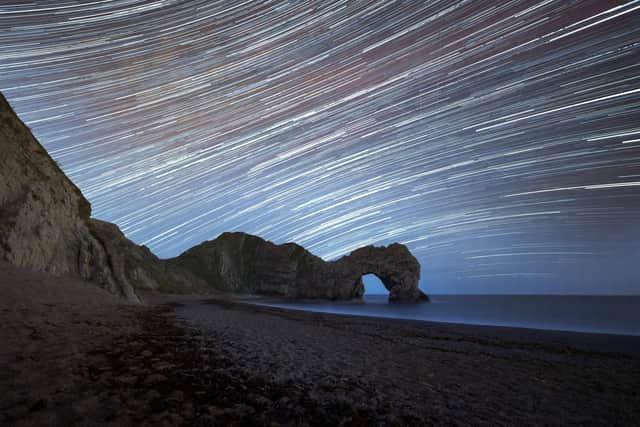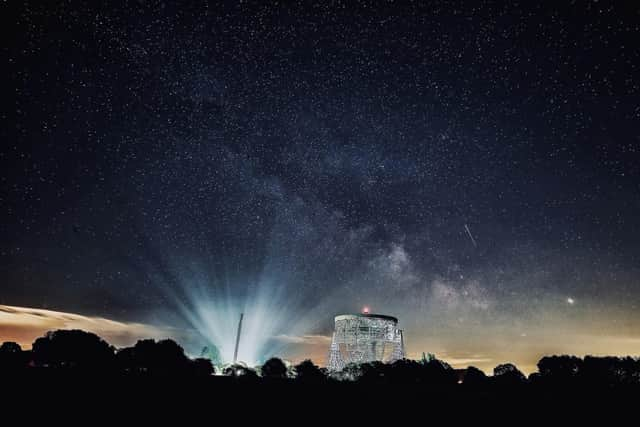Lyrids Meteor Shower 2022: Shooting stars to peak above Sheffield tonight and your chance of seeing them
and live on Freeview channel 276
The shooting stars, known as Lyrids, make their annual appearance in the April sky above the Steel City tonight, April 22, and could be seen until April 30.
The meteor shower is expected to peak tonight, with the best times to see the meteor shower between midnight and dawn. There haven’t been any shooting star displays since the beginning of this year.
Advertisement
Hide AdAdvertisement
Hide AdThe forecast in Sheffield is for clear skies and city experts are optimistic of a sighting. “Another good chance to see the peak of the #Lyrid meteor shower tonight,” says Steel City Skies on Facebook. “A lot of clear sky in the forecast.”


There may also be a chance to see the #Starlink satellites, a satellite internet constellation operated by SpaceX. “The time to look up will be 9:30pm onwards,” adds Steel City Skies.
When is the best time to see the Lyrids meteor shower?
The Lyrids shower is expected to peak late in the evening tonight – with up to 18 meteors per hour. However, spotting these will be a bit complicated this year with the moon being bright during the peak hours.
Late evening today before moonrise would be the best time to spot these meteors.


Advertisement
Hide AdAdvertisement
Hide AdOn the night after the peak — late evening April 22 to dawn April 23 — the moon should have dimmed enough for you to try and catch a glimpse of the Lyrids.
Your best bet is to watch in the hour before midnight, before the moon rises or gets very high in the sky.
How many meteors will I see during the peak?
In a dark sky with no moon, you might see 10 to 15 Lyrids per hour and if you get lucky the Lyrids are known for uncommon surges that can sometimes bring rates of up to 100 per hour. You’re also likely to see more meteors in the late evening, before moonrise.
In a moonless sky, about a quarter of Lyrid meteors leave a persistent train of gas that glows for a few seconds after the meteor has passed but this year the moon makes this complicated.
Advertisement
Hide AdAdvertisement
Hide AdMake sure to get away from any light pollution for the best view possible.
What causes the Lyrids meteor shower?
Lyrid meteors radiate from near the bright star Vega in the constellation Lyra, in the shape of a harp.
The meteors themselves come from a cloud of debris caused by the comet C/186 Thatcher. Every year the Earth passes through this cloud of debris and we call it the Lyrids because the shooting stars appear to originate from the constellation Lyra.
“Known for their fast, bright meteors, the Lyrids are one of the oldest known meteor showers. They originate from comet Thatcher, which was discovered in 1861,” says the UK Met Office.
Advertisement
Hide AdAdvertisement
Hide Ad“The Lyrid meteor shower is named as such because it appears to radiate from the constellation Lyra, though it is better to view the Lyrids away from this constellation so they appear longer and more impressive.”
